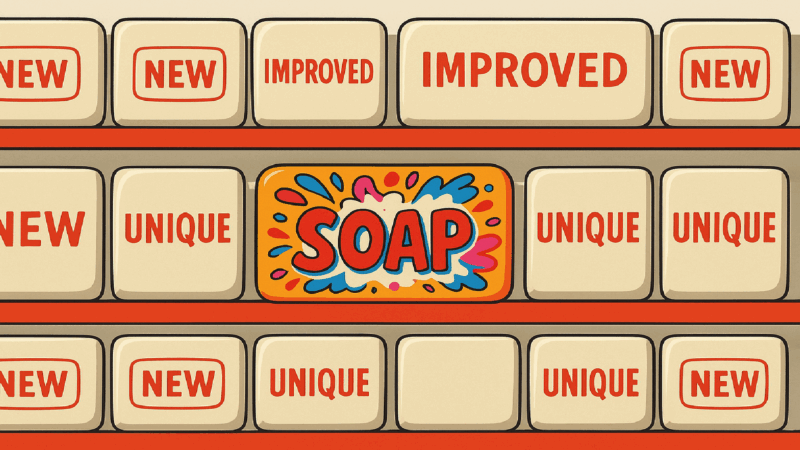
"Marketers are trained to look for what makes their brand different - to find the rational reason someone should choose them over everyone else. But what if that instinct is no longer working? In the '90s sitcom "Seinfeld," Jerry's friend George Costanza reaches that same kind of breaking point. Nothing in his life is going wrong, so Jerry offers him this advice: "If every instinct you have is wrong, then the opposite would have to be right.""
"For decades, marketers have been trained to find that single product difference - the rational reason to believe, the proof that our brand is somehow superior. Rosser Reeves introduced the unique selling proposition in the 1920s, and it's shaped marketing ever since. It's not wrong - it's just no longer the sharp edge of persuasion. A hundred years ago, most categories had only a few competitors. Take soap: there might have been five brands at most. Standing out with a logical argument wasn't just effective,"
Marketers historically sought a single unique selling proposition as the rational reason consumers should choose one brand over another. That approach worked when categories had few competitors, making logical differences memorable. The unique selling proposition, introduced in the 1920s, shaped marketing for decades but has lost persuasive power in overcrowded markets. Today, categories are saturated and consumers are distracted, so claims of difference frequently blend into noise. Doing the opposite of expectations can cut through attention and get noticed. Relying solely on a value proposition that mirrors competitors results in failure to break through.
Read at MarTech
Unable to calculate read time
Collection
[
|
...
]